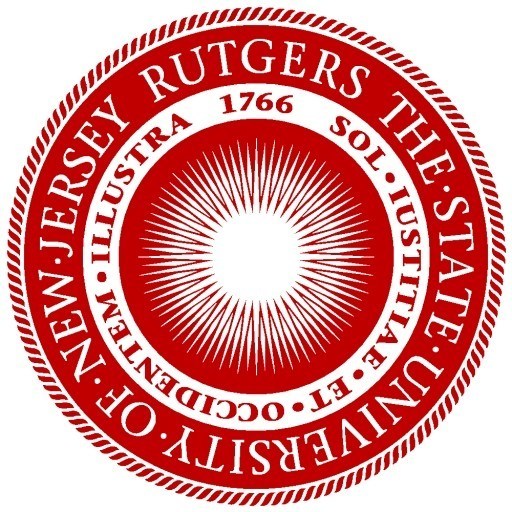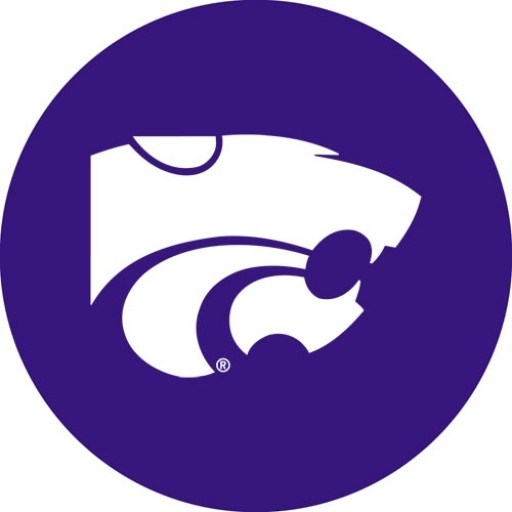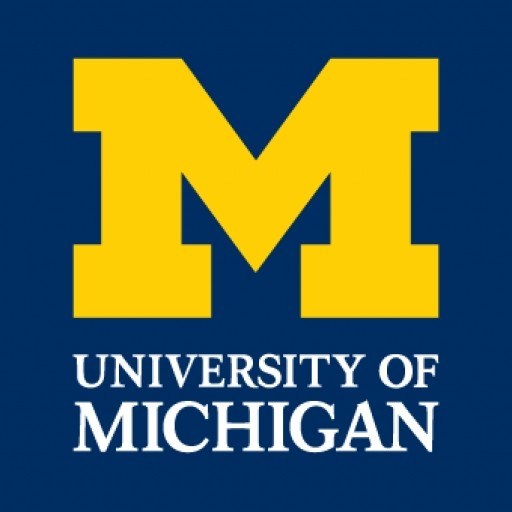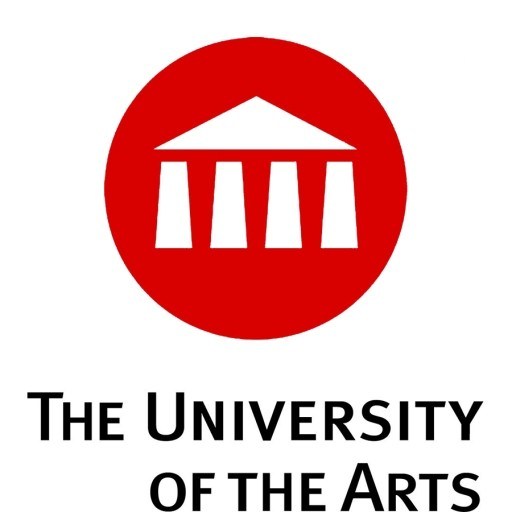Photos of university / #mitpics
The Master of Science in City Design and Development at the Massachusetts Institute of Technology (MIT) is a comprehensive graduate program that prepares students to become innovative leaders in shaping the future of urban environments. This multidisciplinary program integrates principles from architecture, urban planning, engineering, and social sciences to equip students with the skills necessary to analyze, design, and implement sustainable solutions for complex urban challenges. Students explore a wide range of topics, including urban infrastructure, transportation systems, housing development, environmental sustainability, and smart city technologies, enabling them to address pressing issues such as climate change, population growth, and social equity. The curriculum emphasizes hands-on learning through rigorous coursework, research projects, and collaborations with industry partners and city agencies. Students have access to state-of-the-art laboratories, design studios, and computational tools that facilitate innovative problem-solving and creative urban planning. The program fosters a collaborative environment where diverse perspectives are valued, encouraging students to develop holistic approaches to city development that balance economic, environmental, and social considerations. Graduates of this program are well-prepared to pursue careers in urban design firms, government agencies, nonprofit organizations, and private enterprises focused on sustainable urban development. They possess the technical expertise, strategic thinking, and leadership skills necessary to influence policy, design resilient infrastructure, and shape the built environment for future generations. With an emphasis on research, innovation, and practical application, the City Design and Development program at MIT is committed to creating urban spaces that are not only functional and aesthetically pleasing but also equitable and environmentally sustainable.
The Department of Urban Studies and Planning offers many possibilities for creating a concentration tailored to your needs and interests in the following categories.
- Designing the Urban Environment
- Environmental Policy
- Urban History & Society
- Policy Analysis and Urban Problems
- International Development
- Education
-
Required Subjects (69 units)
-
Thesis (24 units)
-
Planned Electives (57-60 units)
-
Urban Field Experience
Students who wish to study urban planning at MIT at the undergraduate level must first be accepted to MIT. At the end of the first year MIT students decide which course of study they wish to pursue. Undergraduate applicants do not apply directly to the Department.
Exams
- Option 1: The SAT or the ACT, as well as two SAT Subject Tests: one in math (level 1 or 2), and one in science (physics, chemistry, or biology e/m).
- Option 2: The TOEFL (we do not accept IELTS) as well as two SAT Subject Tests: one in math (level 1 or 2) and one in science (physics, chemistry, or biology e/m). This option is especially recommended for students who do not speak English at home or in school, or who have been speaking English for fewer than five years.(Paper Based Test (PBT)- 577 min;Internet Based Test (iBT)-90 min)
Application Process
International students fill out the same application as domestic students:
- Creating a MyMIT account
- Part 1: Personal Information
- Part 2: Essays, Academics, and Activities
- Secondary School Report
- Letters of Recommendation
- Transcript
- Interviewing
- February Updates & Notes Form
- Submitting Supplements
MIT Financial Aid Deadlines & Required Documents for international student
| Deadline | Required document | Notes | Submit Via |
|---|---|---|---|
| February 15 | CSS Profile | Designate MIT as one of your recipients by using our CSS code 3514 and answer all supplemental questions specific to MIT. | CSS Profile |
| February 15 | Non-Custodial Parent's Profile | If your parents are separated or divorced, your non-custodial parent must file this form. Once you complete the CSS PROFILE, CSS will e-mail you application instructions, including a link to the Noncustodial Parent's PROFILE website and login instructions, to send to your noncustodial parent. | CSS Profile |
| February 15 | Parents' 2015 Income Tax Returns or wage statement | After you submit the CSS PROFILE, you will receive an email (beginning in early February) informing you how to submit your parents' 2015 tax returns and forms to Institutional Documentation Service (IDOC) for processing. If your country does not have an annual income tax form, send a letter from each parent's employer stating the 2015 salary earned in local currency. It can take up to two weeks for the tax returns to be received by MIT. | ID |
All students need to demonstrate minimum competence in fields they will continue to study at MIT. Werecommend that all international students study:
- Four years of English
- Mathematics, at least to the level of calculus
- Two or more years of history / social studies
- Biology
- Chemistry
- Physics
While these courses are not required, studying them will increase the chances that you will be sufficiently prepared academically to attend MIT. Students without all of the listed recommended classes are welcome to apply.
Dates & Deadlines
Dates and deadlines for Early Action/Regular Action are as follows:
- September-October of application year: create a MyMIT account, begin the application
- October 20: deadline to contact your interviewer (if available) for EA
- November 1: EA deadline
- November 30: deadline to complete all testing requirements for EA
- December 10th: deadline to contact your interviewer (if available) for RA
- Mid-December: EA decisions released
- January 1st: RA deadline
- January 31: deadline to complete all testing requriements for RA
- January/February: complete the February Updates & Notes Form as soon as it is available
- February 15th: deadline to submit all Financial Aid materials
- Mid-March: RA decisions released






